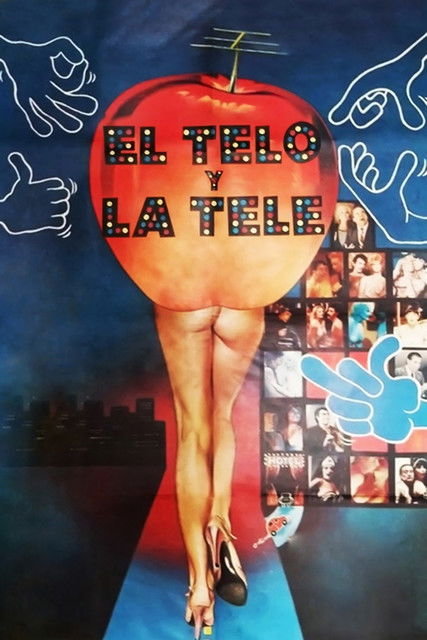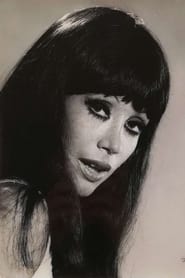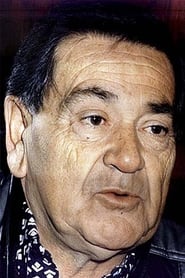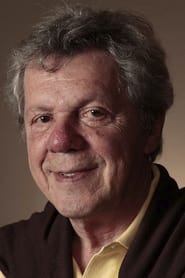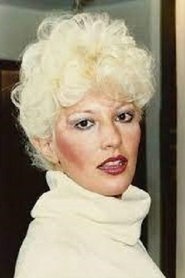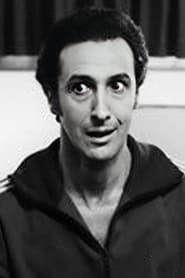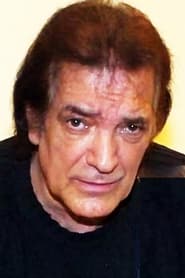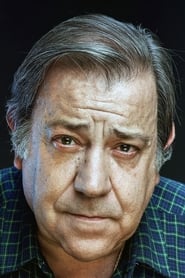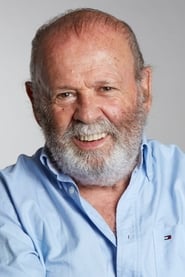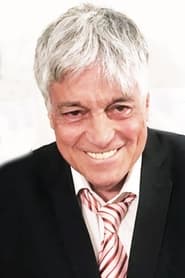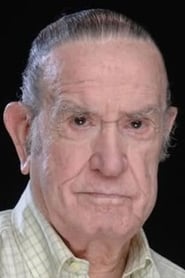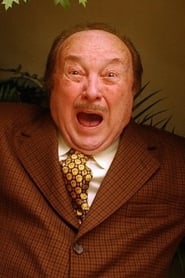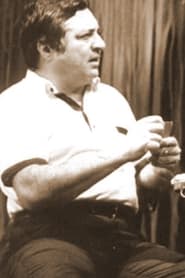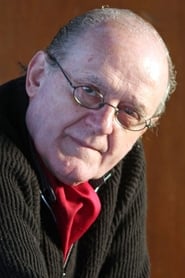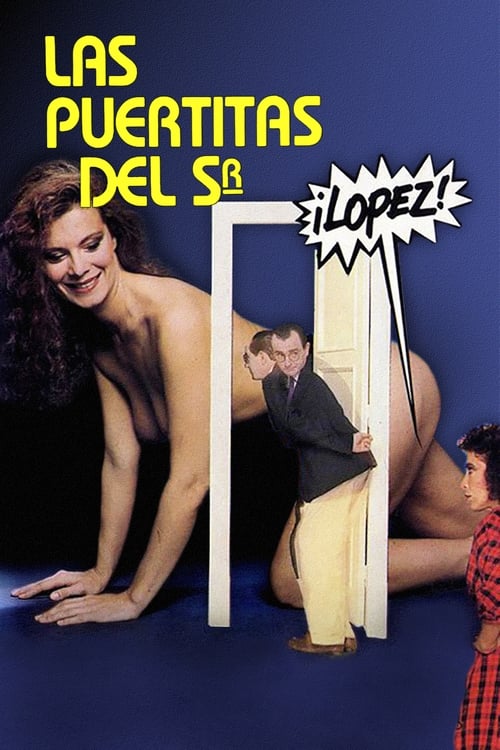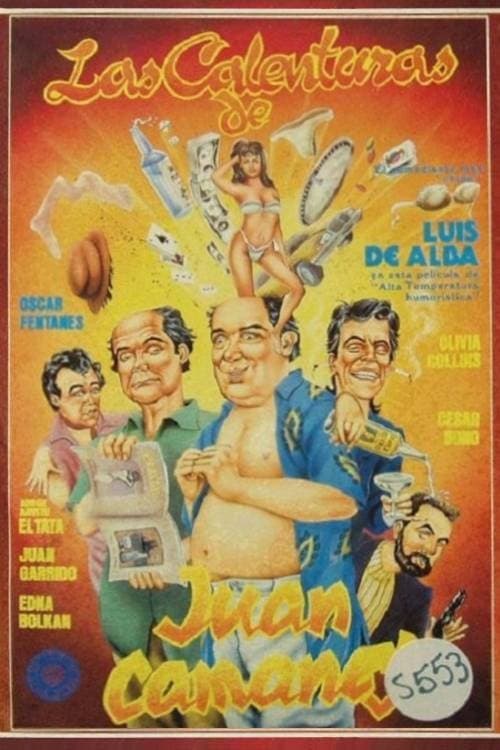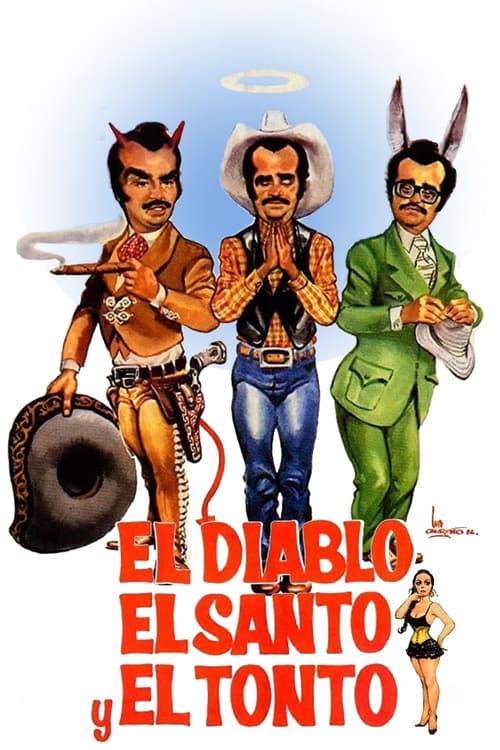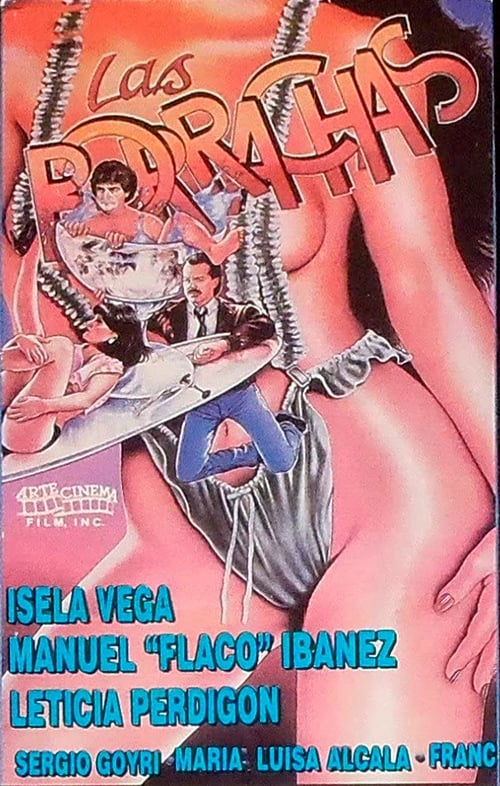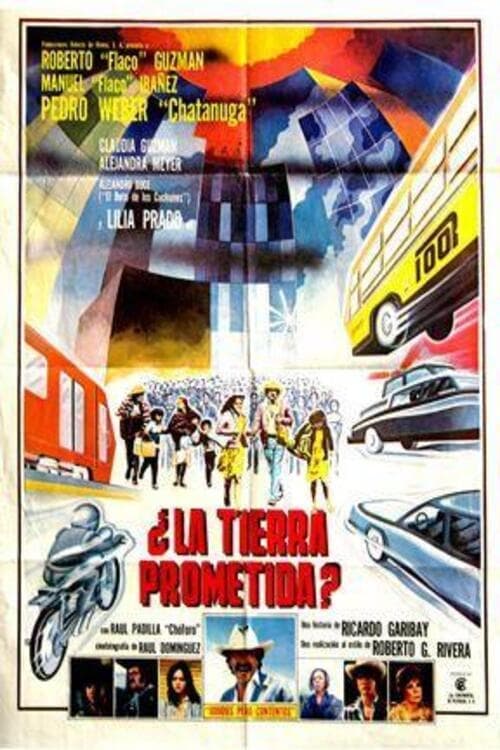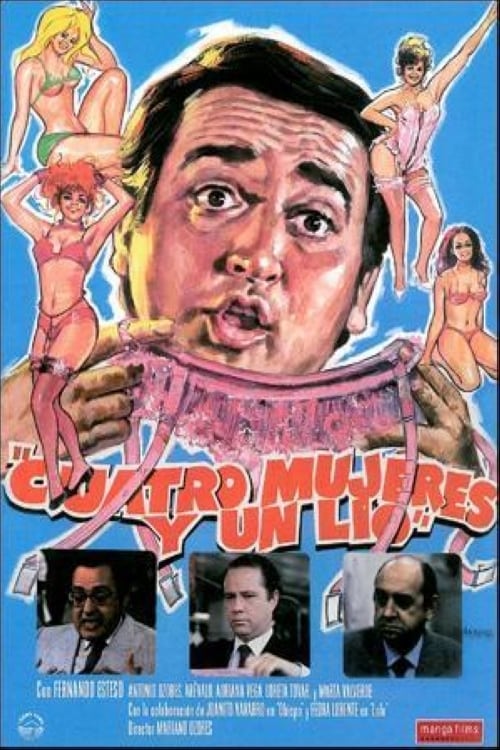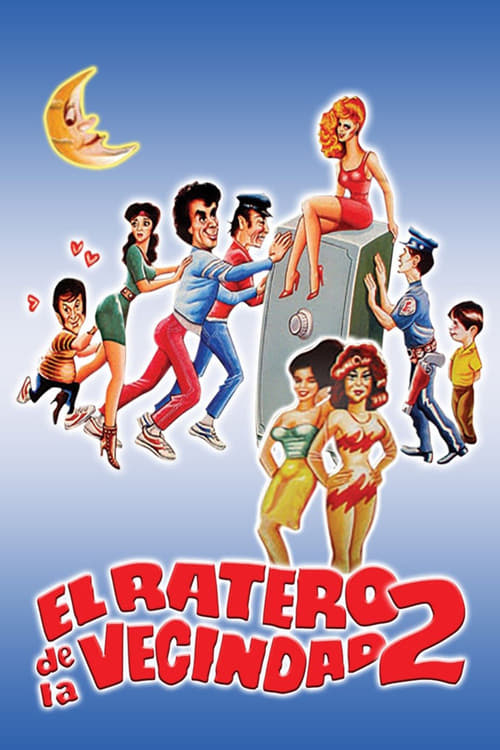
Ask Your Own Question
What is the plot?
El telo y la tele (1985), directed by Hugo Sofovich, opens in the sterile, modern lobby of a hotel that will serve as the stage for a controversial sex congress. The film's date and exact location remain unspecified, but the setting evokes a mid-1980s Argentine urban environment, reflecting the era's shifting social mores and cultural tensions. Couples arrive, each pairing cloaked in the anticipation and nervous energy of participating in what is presented as a scientific exploration of human sexuality.
As the couples check in, the camera lingers on their faces--some curious, some apprehensive, others amused--establishing a mosaic of human behavior that will soon be dissected. The hotel is sleek but clinical, its corridors echoing with the quiet hum of hidden technology. Behind the scenes, a group of scientists, dressed in lab coats and gathered in a dimly lit control room filled with monitors and recording devices, prepare for the experiment. They speak in hushed tones about the "importance of observation" and "the scientific value of the congress," their voices laced with a clinical detachment that contrasts sharply with the human warmth and vulnerability of the participants.
The scientists, whose names remain undisclosed, install hidden cameras in the hotel rooms, carefully positioning them to capture intimate moments without the couples' knowledge. The control room is a nerve center of surveillance, bathed in the glow of screens that flicker with live footage. One scientist remarks, "This is not just an experiment; it's a window into the hidden truths of desire," echoing the thematic influence of voyeuristic thrillers like Sliver (1993), though this film predates that.
As the couples settle into their rooms, the narrative shifts fluidly between their interactions and the scientists' observations. The couples engage in conversations, flirtations, and moments of intimacy, unaware that their privacy is being invaded. The film's tone balances satire and social commentary, exposing the tension between public facades and private realities. The hotel rooms, meant to be sanctuaries of privacy, become stages for an unconsented performance.
Tension escalates when one couple begins to suspect the presence of surveillance. A woman, her voice trembling, whispers to her partner, "Do you feel like we're being watched?" Their suspicion grows as they notice subtle signs--an unusual reflection in a mirror, a faint blinking light on a device hidden behind a curtain. The couple's unease spreads among the others, culminating in a collective realization: they are being secretly filmed.
This revelation acts as the film's fulcrum. The couples confront the scientists in the control room, their outrage palpable. One woman demands, "How could you invade our lives like this? Where is the consent?" The scientists, initially defensive, attempt to justify their actions as necessary for scientific progress, but their arguments ring hollow against the raw emotion of betrayal.
The confrontation intensifies, with voices rising and accusations flying. The couples, united in their indignation, insist that the footage be destroyed and the experiment halted. The scientists, caught between professional hubris and ethical reckoning, reluctantly agree. The control room's monitors go dark, symbolizing the collapse of the experiment and the restoration of privacy.
Throughout the film, no deaths occur. The absence of fatal violence underscores the narrative's focus on ethical boundaries rather than physical danger. Instead, the film's climax is an emotional and moral reckoning, a battle over consent, privacy, and the abuse of power.
In the final scenes, the couples gather their belongings and leave the hotel, their faces a mixture of relief, anger, and contemplation. The camera lingers on the empty control room, where the scientists sit in silence, reflecting on the consequences of their actions. The film closes on a note of ambiguity--while the experiment ends, the questions it raises about surveillance, desire, and human dignity linger unresolved.
El telo y la tele thus unfolds as a satirical yet poignant narrative about the invasion of privacy under the guise of scientific inquiry, capturing the zeitgeist of a society grappling with the boundaries of personal freedom and technological intrusion. The story's power lies in its unflinching portrayal of human vulnerability and the ethical dilemmas posed by voyeurism, leaving viewers to ponder the cost of curiosity and control.
More Movies Like This
Browse All Movies →What is the ending?
In the ending of "El telo y la tele," the main characters find themselves in a series of misunderstandings and comedic situations that culminate in a chaotic resolution. The film concludes with a sense of confusion and humor, as the characters navigate their relationships and the consequences of their actions.
As the film approaches its conclusion, the tension builds in the hotel room where much of the action has taken place. The characters, including the protagonist, are caught in a web of lies and mistaken identities. The climax occurs when the truth about their relationships and intentions is revealed, leading to a series of comedic confrontations. Ultimately, the characters come to terms with their situations, and the film ends on a light-hearted note, emphasizing the absurdity of their predicaments.
Now, let's delve into the ending in a more detailed, chronological narrative.
The final act begins with the protagonist, a man named "El Telo," who is in a hotel room with his love interest. The atmosphere is charged with tension as misunderstandings have piled up throughout the film. El Telo is anxious, pacing the room, reflecting on the chaotic events that have led him here. He is torn between his feelings for his love interest and the complications introduced by other characters.
In the next scene, the door bursts open, and a group of characters enters, each with their own agenda. There's a mix of confusion as they all try to assert their claims and desires. The comedic timing is impeccable, with characters interrupting each other, leading to a cacophony of voices. El Telo's love interest looks bewildered, caught in the middle of the chaos, her emotions swinging from frustration to amusement.
As the misunderstandings escalate, El Telo attempts to clarify the situation, but his words only add to the confusion. The audience can feel his desperation; he wants to resolve the chaos but is overwhelmed by the absurdity of the moment. The camera captures his expressions, highlighting his internal struggle and the comedic nature of the situation.
In a pivotal moment, one character accidentally reveals a secret that changes the dynamics of the group. This revelation leads to a series of comedic confrontations, with characters reacting in exaggerated ways. Laughter erupts as they argue, each trying to defend their position while simultaneously revealing their vulnerabilities. The hotel room becomes a stage for their emotional outbursts, showcasing the film's theme of love and misunderstanding.
As the climax reaches its peak, El Telo finally manages to gather everyone's attention. He stands in the center of the room, his voice steady despite the chaos around him. He expresses his feelings honestly, addressing the misunderstandings head-on. This moment of vulnerability resonates with the other characters, and one by one, they begin to drop their defenses. The tension in the room shifts from conflict to camaraderie, as they all start to laugh at the absurdity of their situation.
The film concludes with a montage of scenes showing the characters leaving the hotel, each with a newfound understanding of themselves and each other. El Telo and his love interest share a tender moment, their earlier misunderstandings now resolved. They walk out hand in hand, symbolizing their commitment to navigating their relationship with honesty.
The other characters, too, find resolutions in their own ways. Some leave with a sense of closure, while others are left with lessons learned about communication and trust. The final shot captures the hotel from the outside, a symbol of the chaos that unfolded within, now quiet and serene.
In the end, "El telo y la tele" leaves the audience with a sense of humor about the complexities of relationships, emphasizing that misunderstandings can lead to growth and connection when approached with honesty and laughter.
Is there a post-credit scene?
The movie "El telo y la tele," produced in 1985, does not have a post-credit scene. The film concludes its narrative without any additional scenes or content after the credits roll. The story wraps up with the main characters' arcs resolved, leaving the audience with the final impressions of the comedic and dramatic elements that have unfolded throughout the film.
What role does humor play in the interactions between characters?
Humor is a vital element in El telo y la tele, often used to diffuse tension and highlight the absurdity of the characters' situations. The comedic exchanges reveal deeper truths about their personalities and relationships, providing insight into their motivations and emotional states.
What is the significance of the hotel setting in El telo y la tele?
The hotel, a central location in the film, serves as a microcosm of society where various characters intersect, revealing their desires, secrets, and vulnerabilities. It is a place of anonymity and escapism, allowing characters to explore their relationships and confront their inner conflicts.
How do the main characters' relationships evolve throughout the film?
The relationships in El telo y la tele are complex and often fraught with tension. As the story unfolds, characters like the protagonist and his love interest navigate misunderstandings and emotional turmoil, leading to moments of intimacy and conflict that ultimately shape their connection.
How does the character of the hotel manager influence the story?
The hotel manager acts as a catalyst for many events in the film, orchestrating interactions between guests and revealing their hidden agendas. His presence adds a layer of complexity, as he navigates his own desires while managing the chaos that unfolds in the hotel.
What are the key conflicts faced by the protagonist in El telo y la tele?
The protagonist grapples with internal conflicts regarding love, fidelity, and self-identity. His journey is marked by moments of doubt and revelation as he confronts his feelings for his partner and the temptations presented by other characters, ultimately leading to a deeper understanding of himself.
Is this family friendly?
"El telo y la tele," produced in 1985, is not considered family-friendly due to its adult themes and content. The film contains several potentially objectionable aspects, including:
-
Sexual Content: The movie revolves around themes of infidelity and sexual relationships, featuring scenes that depict sexual situations and suggestive dialogue.
-
Mature Humor: The humor often leans towards the risqué, with jokes and situations that may not be appropriate for younger audiences.
-
Language: There is the use of profanity and adult language that may be unsuitable for children.
-
Emotional Turmoil: Characters experience complex emotional states, including jealousy, betrayal, and conflict, which may be distressing for sensitive viewers.
These elements contribute to the film's overall adult-oriented narrative, making it more suitable for mature audiences.

